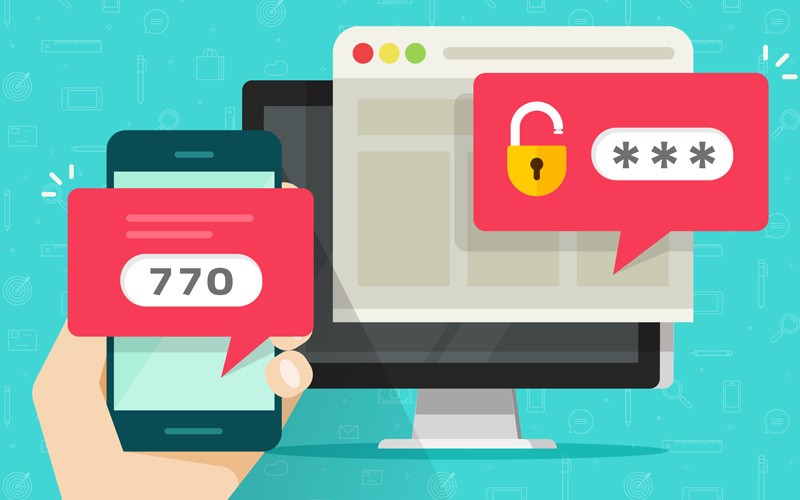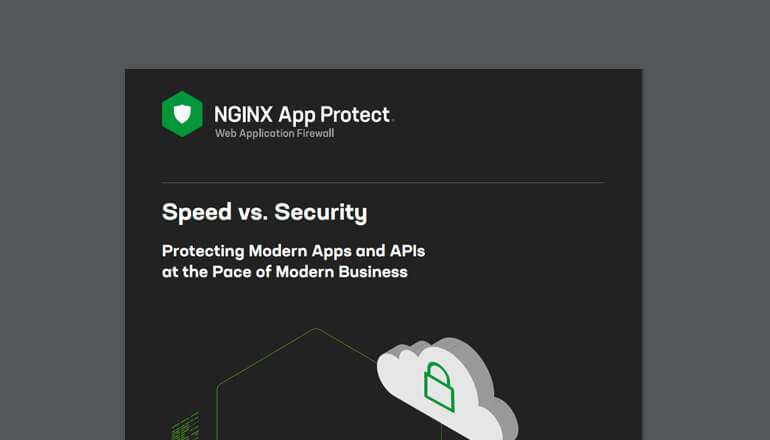The challenge
Taking Control of Mobility in Your Enterprise
Mobility means something completely different today than it did a few years ago. It goes far beyond the company-issued mobile phone, extending to any number of devices—remote desktops, laptops, smartphones, tablets, and even wearables. All these devices serve a basic requirement of the modern enterprise, the ability for their users to work anywhere, anytime, on the device of their choice.
The proliferation of devices and the need for employees to access resources without constraints often means there are a few different access solutions in place. These point solutions add complexity to the network and require more people to manage them.
Read the White Paper: Deploying an Enterprise Mobility Gateway

72%
Of respondents expect to broaden their respective BYOD programs
Source: Information Week
The solution
One Platform That Integrates With Your Existing Solutions—The Enterprise Mobility Gateway
The Enterprise Mobility Gateway (EMG) identifies the user, what groups they belong to, how they authenticate, and what resources they’re authorized to access. In other words, the EMG helps make sure the user has the right level of access at anytime. It also determines the type and security posture of their device, their location and environment, and how they’re connecting to the network. Finally, it enforces specific policies for access to the network, applications, and data.
The deployment
Consolidating Your Mobile Infrastructure
Learn how consolidating your mobile infrastructure can help you cut costs and free IT for more pressing projects. Plus, simpler provisioning means your business will benefit from happier, more productive users.
Read the recommended practices document for details on integrating BIG-IP Access Policy Manager (APM) with AirWatch mobile device management.
Read the White Paper: Access Control in a Mobile World




